Bad bugs can be annoying and sometimes utterly disgusting. However, insect repelling plants can save you a lot of trouble having to use harsh chemicals.
These plants can be used in companion planting, households, sustainable garden, patios, and biological pest control in agribusinesses.
Check out these;
45 Proven Insect Repelling Plants
1. Citronella plant
Citronella is also called mosquito plant geranium and largely resembles the lemongrass. You’ll love and appreciate growing this plant because of its rare citrus-like scent.
Especially when you touch it.
The scent is thought to repel a variety of insects including mosquitoes. Some people believe that the plant works well when you crush and apply onto the skin.
Although not as effective in repelling mosquitoes as you would think, it surely helps in deterring adult whiteflies and won’t hurt growing it both indoors and outdoors.
If you need a safe and effective remedy against the yellow fever mosquito, sawyer premium insect repellent with 20% picaridin is a great solution.
2. Lemongrass
Lemongrass is a herb that is widely used in most Asian cuisines as well as for medicinal purpose. This plant has a strong scent that resembles that of lemons, thus the name lemongrass.
The plant contains the ability to repel some insects, such as mosquitoes and its oil is used to attract honey bees.
3. Summer savory (Satureja hortensis)
Summer savory is a fast-growing plant that you can use in companion planting of beans and onions. In ancient times, summer savory used to be added to cakes and pies for a touch of spiciness.
In addition to its culinary and medicinal properties, this plant when inter-cropped with beans, helps protect them from the Mexican bean beetle.
4. Lemon thyme
Lemon thyme is a lemon-scented evergreen mat-forming perennial that tastes and smells like Citrus limon.
Other than its smell and taste, it looks and grows just like the English thyme. This herb isn’t only popular due to its culinary uses but for its attractive foliage as well.
Lemon thyme is a great groundcover that is effective in repelling mosquitoes and its tiny flowers attract bees like a magnet!
5. Ageratum ‘artist purple’
Ageratums belong to Asteraceae family and are among 40 to 60 tropical and warm temperate flowering annuals and perennials. You can use them as bedding plants.
These plants secret coumarin which are used popular mosquito repellent sprays. The mosquitoes loathe the smell of ageratums and as such, they are proven insect repelling plants.
6. Catnip (Nepeta cataria)
Catnip is a grey-green perennial with square stems and terminal flower spikes resembling that of the mint in Lamiaceae family.
Its essential oils are used as a fragrance in perfumes, culinary flavoring, and insect repellent.
Catnips are known to repel aphids, cockroaches, squash bugs, Colorado potato beetles, ants, and the cabbage looper.
Read: Hibiscus Plant Care: 5 Actionable Tips (Check out tip #5)
7. Artemisias
Artemisia can be shrubs, perennials, or annuals, evergreen or deciduous, with gray, aromatic, often divided foliage. This beautiful plant is useful as a spreading border for the flower bed.
Other than that, artemisia is excellent in repelling unwanted bugs such as whiteflies, false codling moth (FCM), flea beetles, cabbage looper, and carrot fly.
8. Basil
It’s a versatile and widely used aromatic herb. Different species have different scents reminiscent of lemon, pineapple, cinnamon, or even cloves.
Use basil to control and repel mosquitoes, whiteflies, asparagus beetle, and the carrot fly.
9. Lavender
Lavender is one of the most effective insect repelling plants.
It’s a shrubby perennial grown for its flowers and fragrance, but it also serves as a landscape item for its beauty and ability to stand heat and drought.
You can grow lavenders successfully and easily in containers and they are ideal for repelling mosquitoes, flies, fleas, and moths. With lavender in your garden, you can be sure you’ll defeat those nasty pests.
10. Tansy (Tenacetum vulgare)
Tansy is a herbaceous perennial that is sometimes confused with ‘tansy ragwort (Senecio jacobea).’
The flowers are button-like, golden, and appear in flat-topped clusters. Grow tansy to help you repel flies and cutworms both in the house, patio, or garden.
11. Chives
Chives are a perennial member of the onion family that sports beautiful purple flowers.
Be very careful when planting this herb, as it will take over your garden if the flowers are left to ripen (the flowers scatter the seeds)
Chives will repel aphids, carrot fly, and Japanese beetle from your garden.
12. Coriander
Coriander is a versatile herb popular in Asian cooking including curries, Chinese and Thai dishes. The leaves are called cilantro and the seeds are called coriander but sometimes these names are used interchangeably to mean the same thing.
This culinary plant can be used in the garden to repel spider mites, aphids, and Colorado potato beetle from destroying your crop.
13. Chrysanthemums
Chrysanthemums sometimes called the mums or chrysanths, are flowering plants of the genus Chrysanthemum in the family Asteraceae.
The presence of mums in the garden ensures that you keep root-knot nematodes at bay. Other bugs repelled by chrysanthemum include ants, bedbugs, lice, and fleas.
14. Dahlias
Dahlia is a genus of bushy, tuberous, herbaceous perennial plants native to Mexico. This tropical genus brings the mid–to–late–season garden a never-ending succession of flowers in glorious shades and shapes.
They are invaluable for the summer border, in patio containers or as cut flowers, often flowering until the first frosts. Dahlias are effective in killing and repelling nematodes.
15. Leeks
Leeks, known scientifically as Allium porrum, are related to garlic, onions, shallots, and scallions.
Leeks look like large scallions, having a very small bulb and a long white cylindrical stalk of superimposed layers that flows into green, tightly wrapped, flat leaves.
The edible part of the plant is a bundle of leaf sheaths that is sometimes erroneously called a stem or stalk. This plant repels most insects including the carrot fly.
16. Thyme
Thyme is a perennial herb that has a close resemblance to rosemary.
The thyme herb (Thymus vulgaris) is versatile and is frequently used for both culinary and decorative uses.
The herb is an incredible insect repellent plant responsible for repelling whiteflies, corn earworm, and tomato hornworm.
17. Tobacco
the tobacco plant is part of the genus Nicotiana and of the Solanaceae family. It’s a green, leafy plant that is grown mostly in warm climates.
This plant is known to be a leading cause of preventable illness and deaths in most parts of the world. However, there’s more to tobacco than causing chronic lung diseases.
Yes, tobacco will help you to repel beetles and carrot fly and therefore a good match for companion growing.
18. Myrrh
Myrrh is a resin, or sap-like substance, that comes from a tree called Commiphora myrrha, common in Africa or the Middle East.
It is botanically related to Frankincense, and is one of the most widely used essential oils in the world.
Myrrh and its oil offer a wealth of benefits and uses including repelling several insects.
19. Tomato
Probably the most popular vegetable/fruit in the world.
Tomato plants are vines, initially decumbent, typically growing 180 cm (6 ft) or more above the ground if supported.
They serve a large variety of companion plants such as carrots and asparagus and as such, they are very effective in controlling asparagus beetle.
20. Rosemary
Evergreen rosemary is an attractive evergreen shrub with needle-like leaves and brilliant blue flowers. The flowers of evergreen rosemary persist through spring and summer, filling the air with a nice piney fragrance.
This beautiful herb, mostly used for seasoning dishes, is also commonly used as ornamental plantings in the landscape.
Besides that, rosemary my favorite insect repelling plants. It repels mosquitoes, carrot fly, snails, common flies, and beetles.
21. Nasturtiums
Nasturtium is an easy-to-grow annual whose leaves and flowers are edible. These plants with their bright greenery and vibrant flowers are good for containers.
They are colorful, edible, butterfly-like blossoms that have delighted gardeners and cooks alike for centuries.
Snails don’t pay attention to them and they further repel aphids, beetles, and most bugs.
22. Geraniums
Geranium is a genus of 422 species of flowering annual, biennial, and perennial plants that are commonly known as the cranesbills.
They make popular bedding plants in the garden, but they’re also commonly grown indoors or outside in hanging baskets. They double by efficiently keeping leafhoppers at bay.
23. Stone root (Collinsonia canadensis)
Stone root is a flowering perennial medicinal herb in the mint family. The plant is notable for its unmistaken lemony scent that does an excellent job in deterring mosquitoes.
24. Lettuce (Lactuca sativa)
Lettuce is an annual plant of the daisy family, Asteraceae. It is most often grown as a leaf vegetable, but sometimes for its stem and seeds.
This is one of the insect repelling plants with a high success rate in controlling carrot fly.
25. Rue (Ruta graveolens)
Rue, a hardy, evergreen, somewhat shrubby plant, is a native of Southern Europe.
Fresh rue herb has been used in magic rituals since antiquity. Actually, it’s one of the oldest and garden plants cultivated for its medicinal use
The rue is also valued simply because of its ability to ward off toxins and pests including cucumber beetles.
26. Spiny Amaranth (Amaranthus spinosus)
Also known as spiny amaranth, is one of the most common weeds. It’s a summer annual that is very similar in appearance to other pigweeds but has spines along the stems.
Spiny amaranth is an ideal bug repellent plant especially in controlling cutworms.
27. Four o’clock plant (Mirabilis jalapa)
The four o’clock plant is an annual or tuberous perennial, with paired, ovate leaves and trumpet-shaped flowers in clusters in the leaf axils.
It is the most commonly grown ornamental species of Mirabilis plant and is highly fragrant, in a range of colors, the four o’clock plant sports attractive flowers that attract butterflies, bees, and hummingbirds.
This amazing plant attracts and poisons beetles making it a good push-pull companion plant.
28. Spearmint
Spearmint herb or garden mint or common mint has long been reputed for its characteristic aroma it imparts to the recipes it added to.
Spearmint is pleasantly aromatic herb, packed with numerous health benefiting vitamins, antioxidants, and phytonutrients.
It repels moths, ants, aphids, and several other bugs.
29. Borage
Borage also known as a starflower is an annual herb in the flowering plant family Boraginaceae.
It has a beneficial effect on the heart, adrenal glands, kidneys and the entire digestive system when consumed. It has been used as a cure for jaundice.
That’s not all, it repels cabbage worms and tomato hornworm from your yard.
30. Chamomile
Chamomile or camomile is the common name for several daisy-like plants of the family Asteraceae that are commonly used to make herb infusions.
This edible plant can repel most flying insects.
31. Dill
Dill is a unique plant in that both its leaves and seeds are used as a seasoning.
Dill’s green leaves are wispy and fernlike and have a soft, sweet taste.
Dried dill seeds are light brown in color and oval in shape, featuring one flat side and one convex ridged side. It’s responsible for repelling spider mites, aphids, cabbage looper, and Squash bugs.
32. Onion
Onions are a cold-season crop, easy to grow because of their hardiness. They are also among the most popular culinary in most cuisines.
Apart from that, they help in deterring cabbage looper.
33. Oregano
Oregano, a herb with a robust scent and flavor, loves to grow in pots where it can spill over an edge of a pot or low wall.
Repels several pests.
34. Garlic
Garlic, is a species in the onion genus, Allium. They are easy to grow and produce numerous bulbs after a long growing season.
Garlic repels peachtree borer and Mexican bean beetle.
Learn how to grow garlic in pots.
35. Clovers
Clover or trefoil are common names for plants of the genus Trifolium consisting of about 300 species of plants in the leguminous pea family Fabaceae.
The white clover plant extends itself by sending out root-like stolons at ground level, thus the legume spreads overtime to cover and protect more soil from erosion.
It also repels aphids in the fields.
36. Petunias
Petunias are one of the most popular flowers, often grown as annuals. Grandiflora petunias have very large flowers and are best grown in containers or hanging baskets (because they are more susceptible to rain damage).
They are among the best insect repelling plants, dealing with squash bugs, aphids, asparagus beetle, leafhoppers, and tomato hornworm.
37. Parsley (Petroselinum crispum)
Parsley or also called garden parsley is a species of Petroselinum in Apiaceae family. Parsley is a lush plant growing up to a foot high in a beautiful rosette of green foliage.
Closely resembles the dill and is used to repel the asparagus beetle.
38. Fennel (Foeniculum vulgare)
Fennel is a flowering plant species in the carrot family. It is a hardy, perennial herb with yellow flowers and feathery leaves.
Repels aphids and snails.
39. Common lantana
Lantana is a genus of about 150 species of perennial flowering plants in the verbena family.
It has been grown for years as an ornamental plant and is very effective in repelling mosquitoes.
40. French marigold
Marigolds have been a garden staple for decades. If you need a shorter variety, French marigolds are an option. They are colorful and aromatic.
These beauties also kill nematodes and repel whiteflies.
41. Mexican Marigold (Tagetes lucida)
Mexican tarragon/marigold grows all spring and summer before it produces many yellow, single marigold-like blossoms.
They grow very large and ungainly but are good in repelling most insects including thrips as well as aphids from rose gardens.
42. Peppermint
Peppermint is a hybrid mint, a cross between water mint and spearmint.
Peppermint is an old favorite for herb gardening. A delicious culinary herb, they are known to have a scent that is one of the strongest triggers of memory.
Companion planting with peppermint will discourage the cabbage butterfly, aphids, beetles, bugs, and whiteflies.
43. Eucalyptus
Eucalyptus is an attractive evergreen tree grown mainly for its foliage and peeling bark. These trees can grow quite large if left unpruned. Effective repellent of Colorado potato beetles and aphids.
44. Pitcher plants
Botanically referred to as, Sarracenia purpurea, and commonly known as the purple pitcher plant, northern pitcher plant, or side-saddle flower, is a carnivorous plant that traps and ingest most insects.
45. Larkspurs
Delphinium is a genus of about 300 species of perennial flowering plants in the family Ranunculaceae.
The common name”larkspur” is shared between perennial Delphinium species and annual species of the genus Consolida. This plant repels aphids.
However, take great care since this plant is poisonous to humans and livestock.
Conclusion
There you have it,
A whooping 45 proven insect repelling plants to keep all those nasty nagging bugs away. Select a few, grow them, and watch as pests disappears through the thin air.
As always, what are your thoughts?
Disclosure: This article was originally published on Oct 16, 2016 but has since been revamped and updated for accuracy and comprehensiveness.
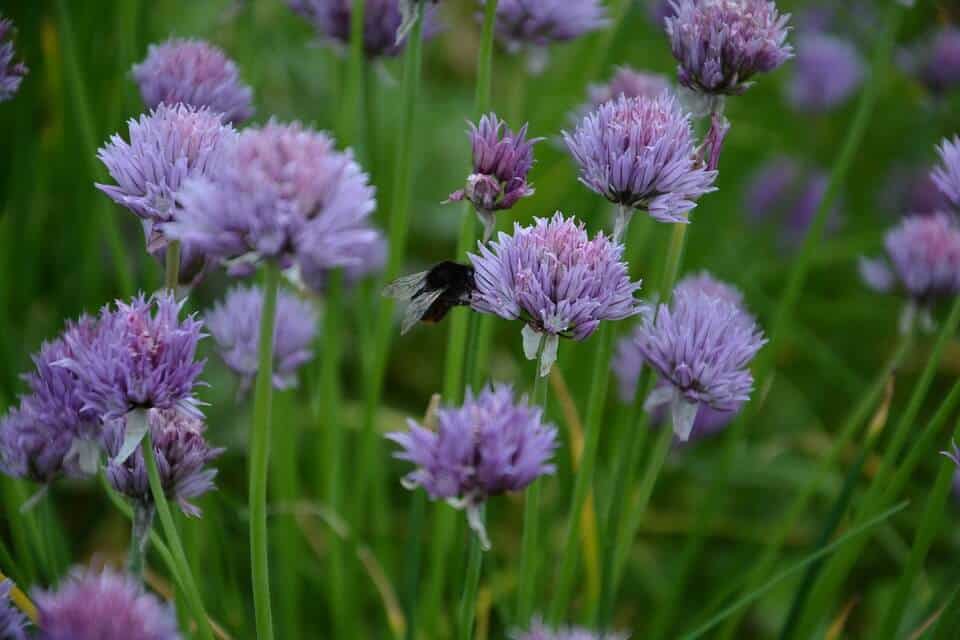
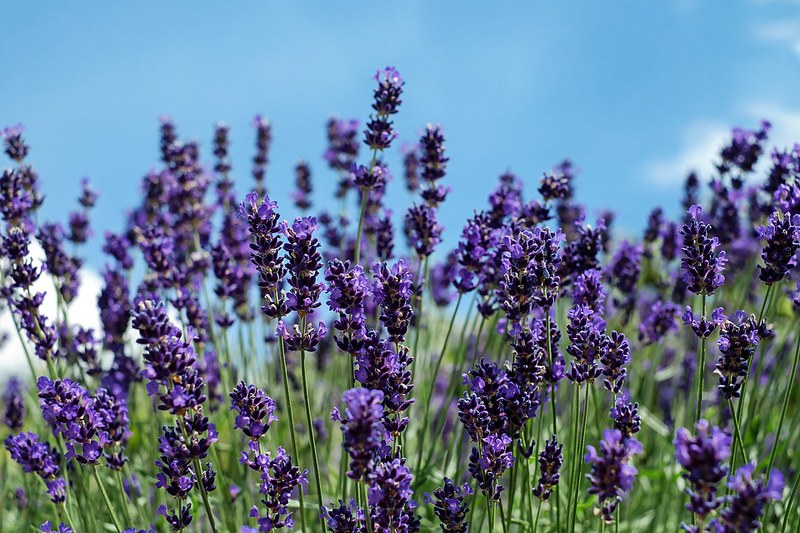
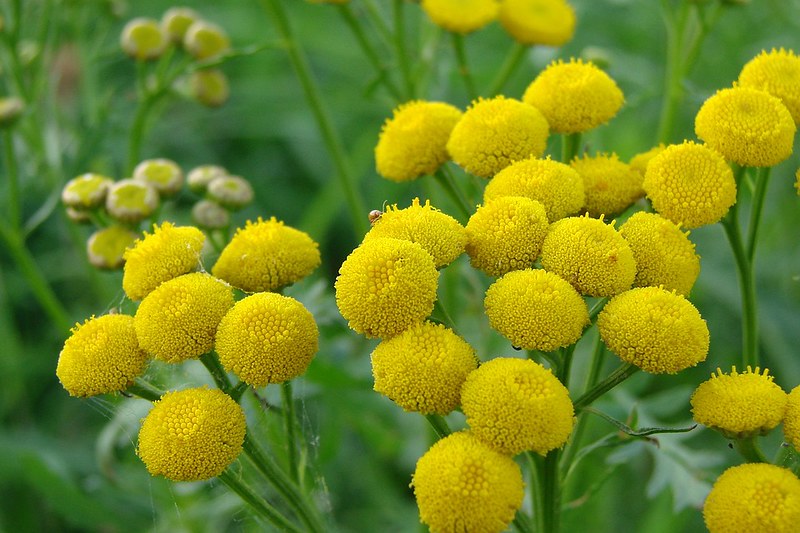

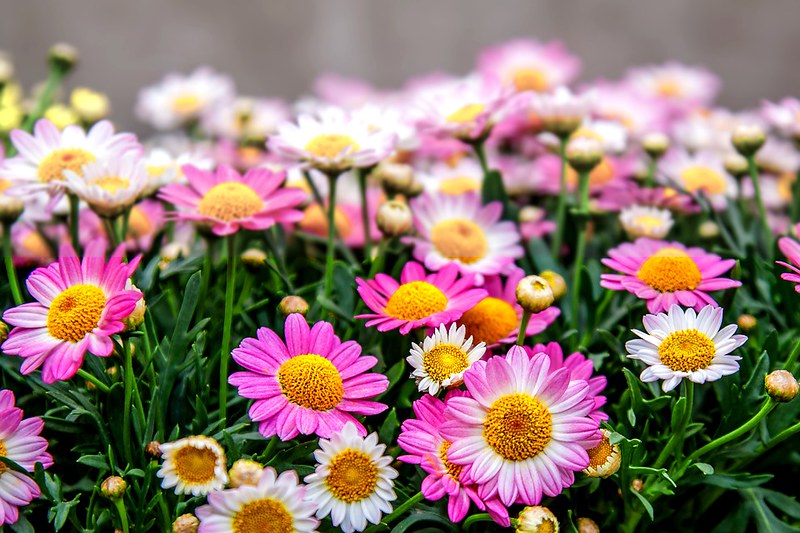


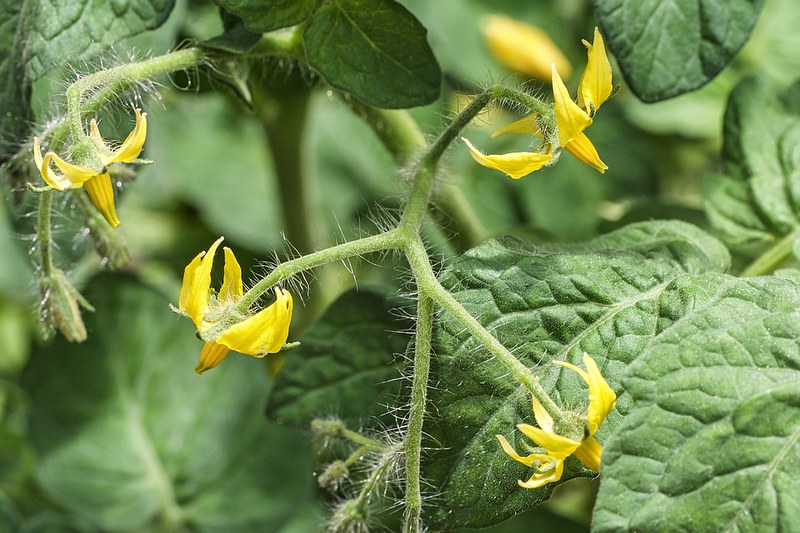



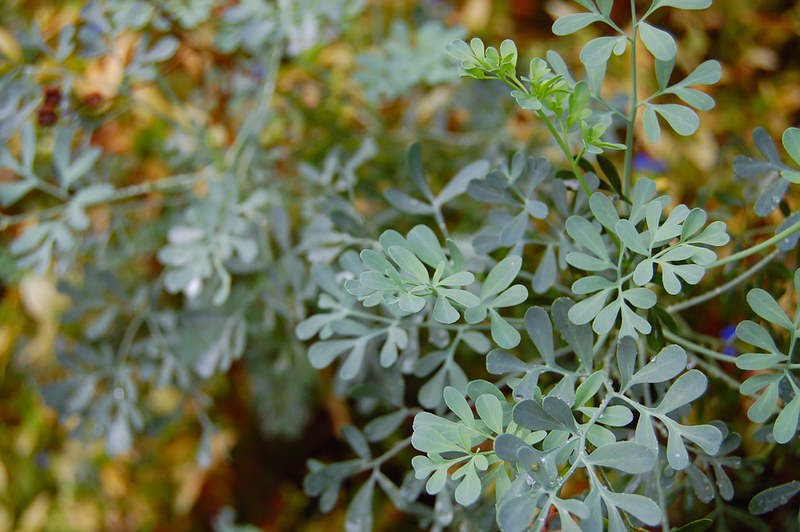




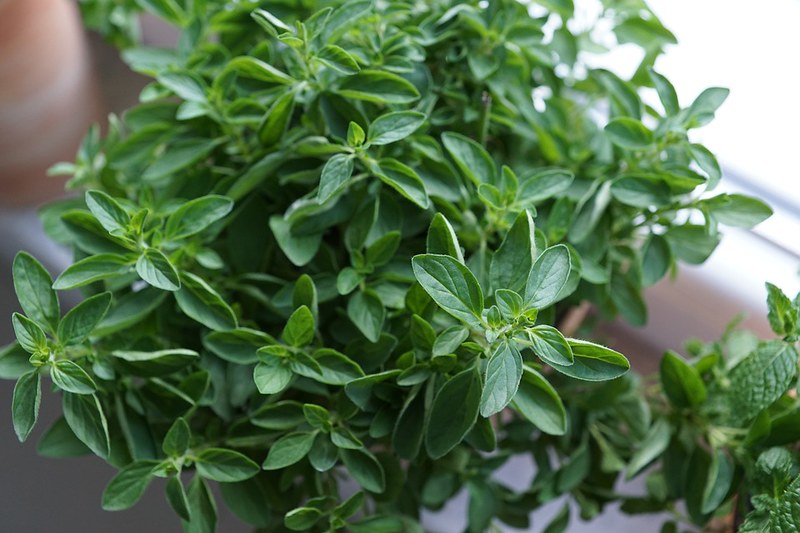






Thank you for this post. Do you have any suggested plan for planting these herbs and repellent plants in and around vegetables. As companion growing, do you suggest planting this in rows in between vegetable crops or is it suggested to grow in between vegetable. Please advise.
Hey, Helen,
There’s nothing like one plan fits all. It all depends on what appeals to you the most. As such you’re free to plant between the rows of your vegetables or alternative, plant them around your vegetable garden.
Un bon travail et excellentes information je vous remercie
Great guide! thanks for sharing.
I wonder about the intellectual property rights: how can we benefit from reproducing and sharing this guide to benefit the farmers? please advise.
Thanks Nahed for the kind words. It would be better just to link to this post as a resource to avoid issues of duplicate content. And yes, the information may be subject to copyright.
Thanks for sharing.
Most of those plants are great for Southern USA or temperate warm areas like some places in Southern countries of latin America like Chile or Argentina, however I really missed a list of plants for tropical humid areas such as The Caribbean (very warm, 60 inches annual rainfall). While some here may work (basil or thyme) many would be damaged very soon by diseases.
Is there any list of tropical repellent plants we can get?
Thank you, Emiliano for the pointer. Will research and update the list with tropical repellent plants. Watch out for the update
Some of these plants are toxic to household pets, and so I would encourage gardeners to check the websites for information about toxic effects on any of their animals before planting.
Another caution would be that compounds of some of these plants (such as pyrethrum/chrysanthemum) may also kill beneficial insects.
Thanks for a great post.
I absolutely agree with you. Gardeners should take great care before they resolve to grow any plant listed. If they must, they have to conduct some research to get a full understanding of the consequences beforehand. Thank you for the pointer.
What about leaves and stems of watermelon. They contain cucurbitacin e glycoside, one of the most bitter known natural compounds produced by plants.
Hey, Robert!
Thanks for your valuable input.
Yes it’s an very good information to adopt at the same time we doesn’t known which one companion to which plant moreover the technical name isn’t understand easiny,so need it’s common commercial name thanks.
Thank you Gopalakrishnan for the feedback, will keep that in mind when we update the post or even in our future posts.
Merci Michel,
Comme disait Voltaire, il faut cultiver notre jardin, mais c’est encore mieux si on le
protège des parasites. En ce qui concerne les HE répulsives des moustiques, un
mélange de 6 ml d’Eucalyptus citronné (car la Citronnelle est dermocaustique) avec
4 ml de Géranium rosat, en application sur la peau m’a donné souvent de bons résultats,
sinon, prendre “per os” (avis médical conseillé pour posologie) de la vitamine B1, et c’est
la forme liposoluble qui a la meilleure biodisponibilité à ce niveau.
Bonnes fêtes de fin d’année et amitiés.
Jean-François
Most of these plants are annuals here in zone 5-6, N. OH. Your list is a good start.
thank You for this wonderful Article have shared
Hi Pesh, thanks for sharing the article! It’s much appreciated.
I have a problem with small black bugs eating my alyssium flowers don’t know what do help
On top of plants, there are also natural oils that you can use that insects can’t stand either. Would anyone like to create their own candles at home that can repel insects for you? https://www.naturesgardencandles.com/candlemaking-soap-supplies/item/00repcan/-bug-repelling-candle-recipe.html
Thanks for the great article, it gives some fantastic tips. Soldier beetles decimated our thyme plant, it is apparently their favourite. Is there anything which can repel them?
Good to know thank! Very educative.
Thank you for the article on beneficial plants for bug riddance. I use a solution of hydrogen peroxide, water and dish soap on the plants in my garden for aphids, cucumber beetles, and squash bugs. It works really well.